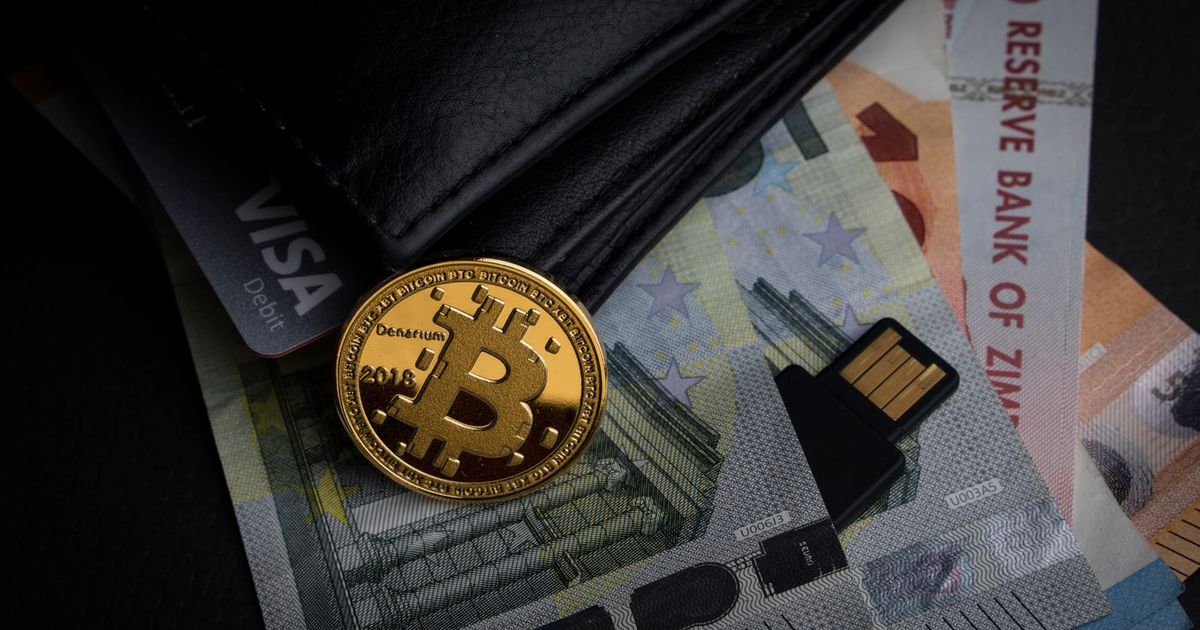If you've recently invested in or started trading cryptocurrency on Coinbase or Binance, you may have seen the separation of fiat currency and cryptocurrency on these platforms.
While the separation between the two is fairly simple, the distinction is vital in explaining the rise of cryptocurrencies and why a growing number of people prefer these coins.
So, here's everything you need to know about the differences between fiat and cryptocurrency.
What is Fiat Currency?
In the most simple form, fiat currency is a more conventional form of money. It derives its value from a central authority, most often from a government-controlled banking system.
Forms of fiat currency - coins or notes - are created by these banks, which give legal legitimacy to the currency. They can also print more of the currency, effectively linking the currency's value to decisions from a central government.
USD, GBP, EUR and essentially every mainstream paper currency linked to a nation-state is a fiat currency.
In terms of their role in the cryptocurrency exchange, if you want to buy Bitcoin, Dogecoin, Ethereum, or any other cryptocurrency without mining, you'll likely need to deposit a fiat currency to first trade with using your bank account. This will likely be stored in a 'fiat wallet' on your platform of choice.
What is the difference between Fiat Money and Cryptocurrency?
Aside from becoming one of 2021's most-discussed topics, cryptocurrency has a unique role.
One of the main differences between fiat and cryptocurrency is that there is no 'central' cryptocurrency control. Cryptocurrency instead comes from the blockchain. New coins need to be 'mined' through Proof-of-Work, Proof-of-Stake, or Proof-of-Authority algorithms. Each coin is linked to this blockchain.
This means there is no way for a tender to 'print' more cryptocurrency, especially as it is a digital-only currency. It needs to be mined. Theoretically, this should prevent hyper-inflation as each cryptocurrency has limits on the number of coins available. This can take the form of a fixed cap, like Bitcoin's cap of 21 million, or a yearly cap. Dogecoin and Ethereum, for example, have limits of 5 billion and 17 million new coins per year, respectively.
However, this doesn't mean cryptocurrency is exactly a more stable form of currency. When Steam announced it would no longer accept Bitcoin in 2017, it cited the volatile price of the currency. Since reaching a high of $64,829.14 in April 2021 (via Coindesk) Bitcoin's price dropped to a low of just over $32,000 in May 2021. For now, fiat money is still deemed more stable.
Fiat and Cryptocurrency Similarities
Of course, both fiat and cryptocurrency remain forms of money.
At the most fundamental level, they can both be used to pay for goods and services, just how earlier civilizations used to use cowry shells and livestock as forms of currency. While you can't pop down to your local supermarket and pay for food with Dogecoin just yet, a growing number of companies have begun to accept some mainstream cryptocurrencies as a payment method.
However, as cryptocurrency exchanges occur on the blockchain, rather than through a central banking authority (something that also includes the likes of PayPal), it allows for trades between two parties without any third-party interferences. This privacy has, however, resulted in cryptocurrency gaining a reputation for its use in scams, ransomware, and illegal activities.
Despite this reputation, these transactions do only make up a small number of cryptocurrency transactions, with Chainalysis reporting that 0.34% of cryptocurrency activity involved illegal activity.
READ MORE: When did Dogecoin start trading?
[Featured Photo by Aleksi Räisä on Unsplash]
Explore new topics and discover content that's right for you!
Planet Crypto





